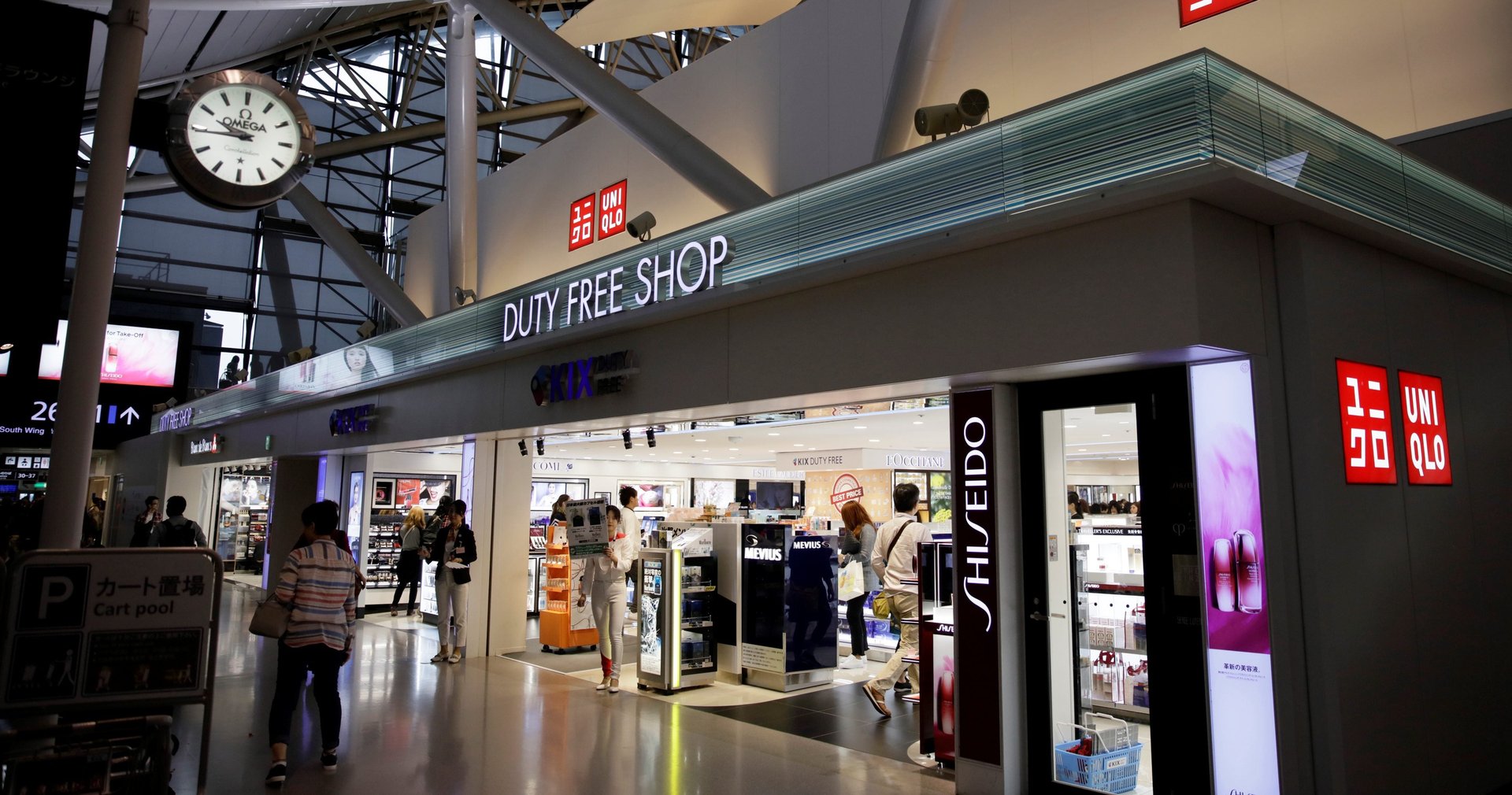Airports are one place e-commerce can’t touch
Since e-commerce took off, all but the best stores have watched their number of shoppers slow to a trickle. Foot traffic continues to drop at suburban malls in the US and on UK high streets, while even historically frenzied shopping days such as Black Friday have quieted down as more consumers do their buying online.


Since e-commerce took off, all but the best stores have watched their number of shoppers slow to a trickle. Foot traffic continues to drop at suburban malls in the US and on UK high streets, while even historically frenzied shopping days such as Black Friday have quieted down as more consumers do their buying online.
One segment that’s flourished by drawing record numbers of shoppers into physical stores, however, is airport retail. Because air travel is more accessible than ever to the average person, hordes of tourists are commuting through airports with time to kill and money to spend before flights. For international travelers, the option of shopping duty free is an added bonus, one that’s been particularly beneficial to luxury companies.
In 1980, 277 million tourists landed in international destinations, according to data from the UN World Tourism Organization. In 2019, that number reached 1.46 billion. A major factor behind this growth is the fact that ticket prices have fallen dramatically over the years, opening the air to more travelers.
Affordable airfare is a key ingredient in the growth of travel retail, too. Average spending by travelers is also up. As airports invest in infrastructure and make the whole travel experience better (Quartz member exclusive), they’re only becoming more attractive to retailers.
In a recent report, Coresight Research, an advisory firm for retailers, said many are “turning to international airports, which have evolved into shopping destinations,” as brick-and-mortar stores see less traffic. Estée Lauder and Moncler, the maker of luxury outerwear, for instance, are among the many companies building out airport stores, while others, such as Uniqlo, have tested concepts such as airport vending machines. Coresight estimates airport retail sales reached $44 billion in 2019, a roughly 20% increase from just five years earlier.
To luxury companies, airports may be an especially alluring opportunity. Prices of high-end items can be much better at their duty-free shops, which avoid international import duties that can make something like a Louis Vuitton handbag much costlier in certain countries. The bargain can be enough to get consumers to indulge. In 1996, luxury conglomerate LVMH went so far as to buy DFS Group, an empire of duty-free shops, for about $2.5 billion. Management consultancy Bain & Company estimates that 6% of global spending on personal luxury goods happened in airports in 2019. Airports were also one of the fastest-growing channels for luxury goods, with sales growing 11% for the year, versus the market’s 4% growth overall.
Where in the past it was Japanese tourists who dominated luxury travel spending, today it’s Chinese shoppers. The outbreak of a new strain of coronavirus in China has sent a chill through the luxury industry, though, in part because fear and travel restrictions have kept many Chinese at home. It could put a major damper on spending at airports this year.
Eventually, though, business will return to normal, and travelers will get back to airports, where it seems likely they’ll be do plenty of shopping in stores, rather than online.